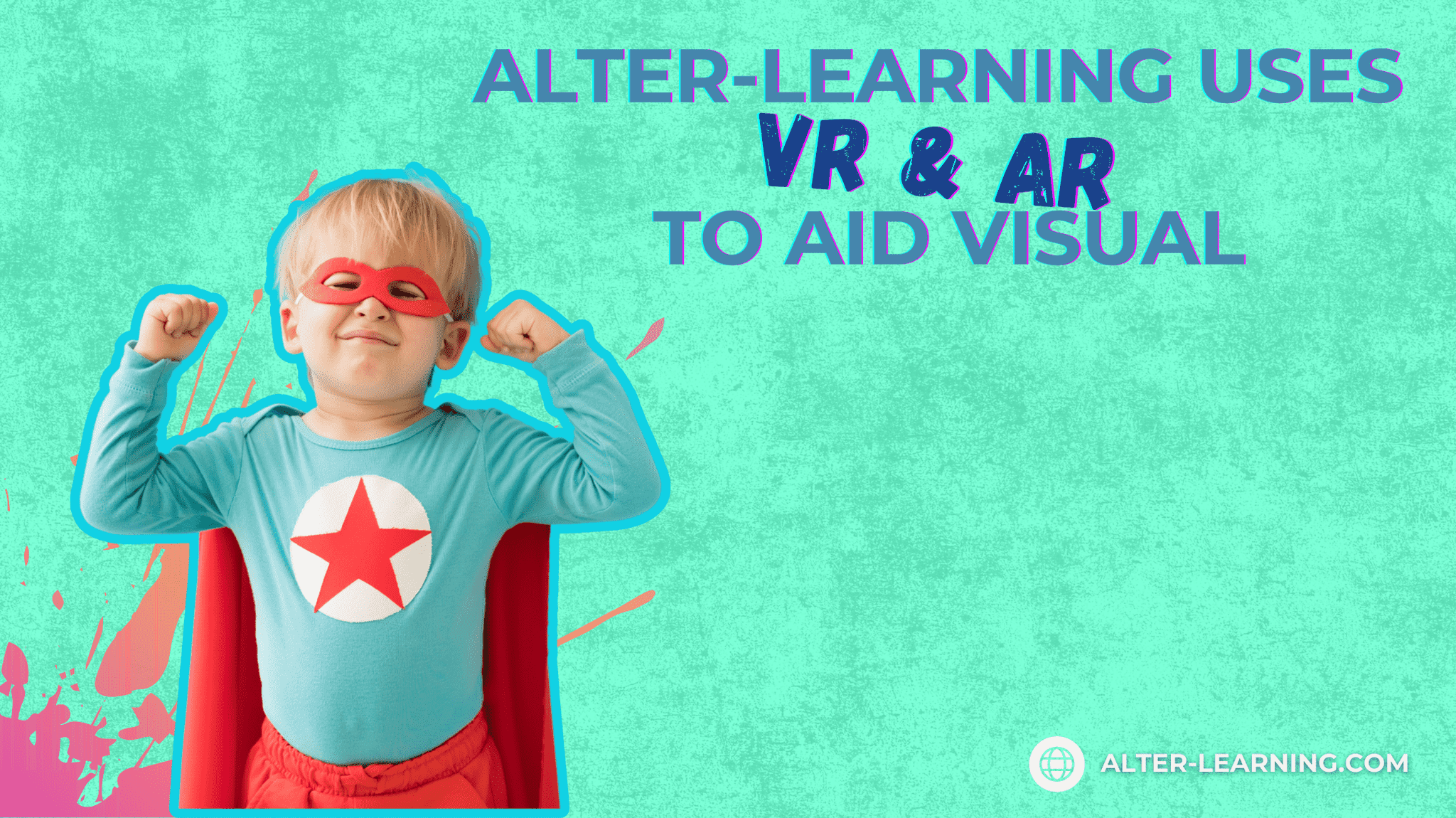By Krista Shepard
Understanding Learning Styles
At Alter-Learning, we recognize that every student learns uniquely. According to educational expert Neil Fleming, most people fall into one of four basic learning styles:
- Visual Learners — Learn best through images, diagrams, and videos.
- Auditory Learners — Absorb information through listening and speaking.
- Reading/Writing Learners — Excel with text-heavy content and note-taking.
- Kinesthetic Learners — Thrive in hands-on environments, learning by doing.
Unfortunately, traditional classrooms are often designed around auditory and reading/writing learners, leaving visual and kinesthetic learners behind.
That’s where the Alter-Learning Educational Platform is changing the game.
VR/AR for Visual Learners
The Alter-Learning Educational Platform integrates VR and AR to bring lessons to life for visual learners. Here’s how:
- Explore 3D models of planets, molecules, human anatomy, and more
- Simulate real-world phenomena, like weather systems or chemical reactions.
- Visualize abstract concepts in math and science.
- Create digital art and animations to express theories and ideas.
These immersive experiences allow learners to see information from every angle — literally.
VR/AR for Kinesthetic Learners
Kinesthetic learners thrive through physical interaction. VR and AR offer these learners exactly what they need:
- Perform hands-on experiments in a virtual lab
- Manipulate virtual tools and objects with tactile haptic feedback.
- Engage in skill-building activities, such as music,, trades, or sports training.
- Solve problems in real-time simulations and role-play scenarios.
VR creates a space where students can learn by doing, all while receiving instant feedback.
Real-World Classroom Applications
Here’s how the Alter-Learning Educational Platform is applying this tech across subjects:
- History & Geography — Walk through ancient Rome or visit the Pyramids
- Science & Math — Observe atomic structures or visualize statistics
- Art & Music — Paint in 3D or compose virtual symphonies
- Language & Literature — Enter the world of books and practice real-world dialogue.Learning on this platform is not just about learning — it’s about living the lesson.
- Shaping the Future of Education
- As immersive tech becomes more affordable, Alter-Learning is pioneering its use in real classrooms. By supporting diverse learning styles, particularly those of visual and kinesthetic learners, schools can provide a more equitable, engaging, and practical education.
- The result? Empowered learners. Better outcomes. A smarter future.
- Follow Alter-Learning for more insights into immersive education, edtech success stories, and the future of learning. Want to explore how VR/AR could transform your school or learning platform? Let’s connect.
- Alter Learning Games
- Medium
- Quora
- TikTok
- YouTube




